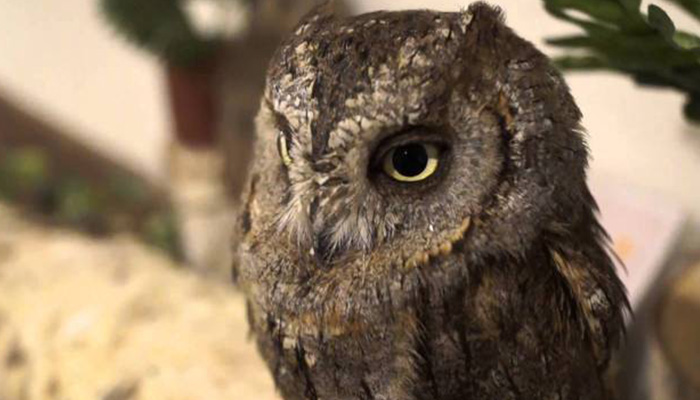
English: Eurasian Scops Owl,
Common Scops-owl, Scops Owl
Russian: Сплюшка
Mongolian: Ердийн орволго, Орволго ууль
German: Zwergohreule
French: Petit duc scops
Japanese: ヨーロッパコノハズク (Yoroppa-konoha-zuku)
Body length: 19-21 cm
Wing span: 47-54 cm
Breeds
in broadleaved and mixed open woodland, copes in farmland, churchyards, town
parks, larger lush or neglected gardens; also found in wooded mountains well up
to 1500 m, sometimes higher. Migratory, normally wintering in Africa S of
Sahara, but a minority, perhaps local birds, stay in southernmost Europe and N
Africa. In natural tree-holes are lacking. Lake Long-eared Owl adopts stiff,
elongated posture to avoid detection.
Identification: Small, clearly
smaller than Little Owl, only big as a Starling, body thus about as large as a
clenched first. Sits upright, showing little of ear-tufts when relaxed (then
merely as sharp corners of crown), more when alert (adopting erect camouflage
posture like Long-eared Owl). In flight, shows proportionately long and narrow
wings, with flight fast and path hardly bounding (cf. Little Owl). Except at
close range, appears rather uniform brown (rufous or more greyish; variable)
with pale (grey-white) ‘braces’, slightly paler face and underbody; seen well,
shows intricate pattern of black streaks and vermiculations, diffuse whitish
sports and rufous patches. Eyes yellow. Pallid Scops Owl (which see) is
extremely similar.